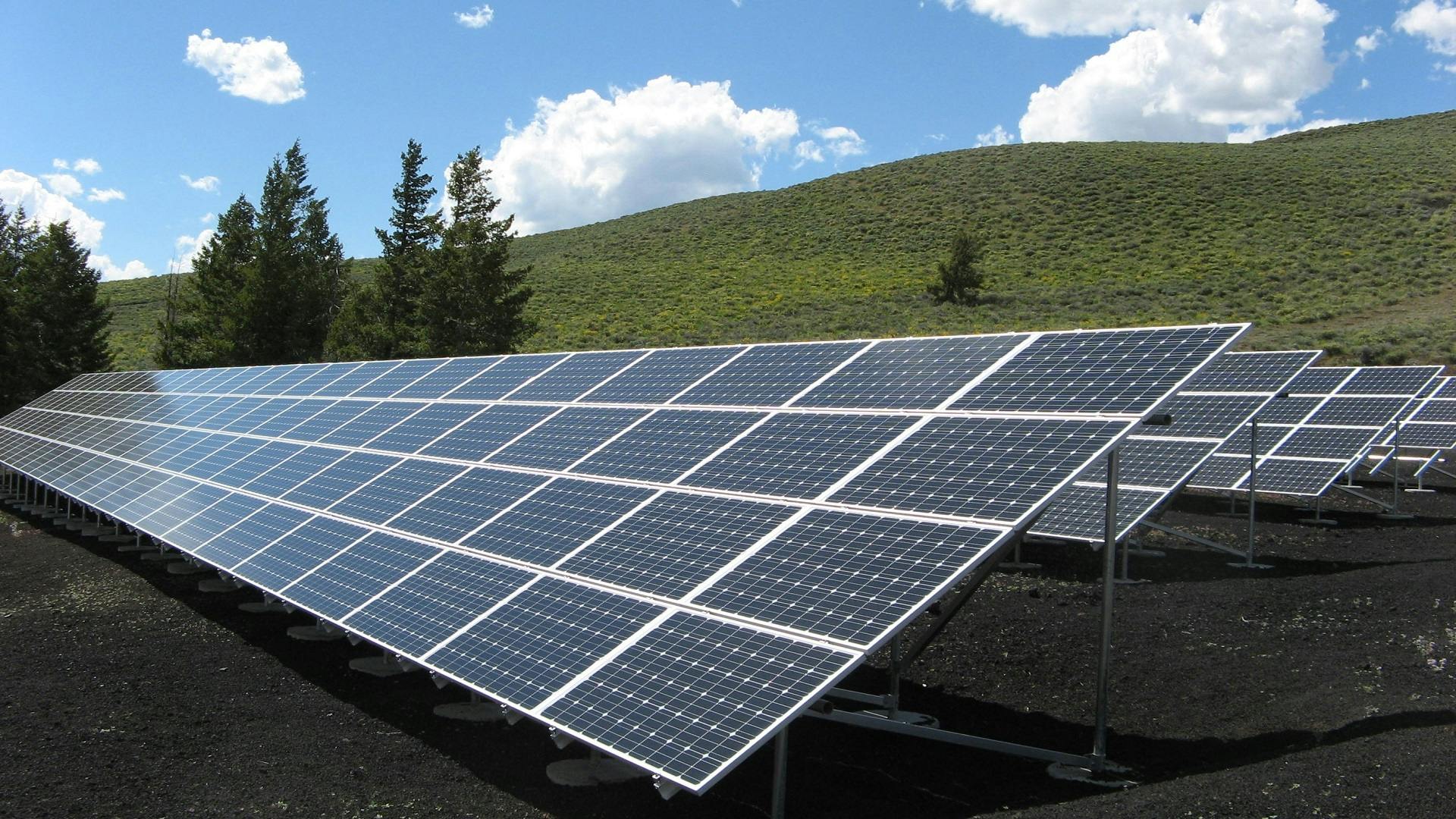Making a solar distiller is a great way to turn salty or contaminated water into fresh, drinkable water. It is an easy process that requires minimal materials and can be done in a short amount of time. This article will explain the basics of how to make a solar distiller and provide some tips for ensuring the best results. With this knowledge, you will be able to create your own solar distiller and have access to clean drinking water in no time!A Solar Distiller is a device which uses the energy from the sun to evaporate water and then condense it back into liquid form for collection. The solar distiller consists of a shallow, dark-colored basin that is exposed to direct sunlight. Water is placed in this basin, which heats up and evaporates as the sun’s energy is absorbed. The vapor rises and is collected by a condenser where it is cooled and condensed back to liquid form. The condensed water can then be collected for drinking or other uses.
Materials Needed to Make a Solar Distiller
A solar distiller is a device that can be used to purify water. It uses the sun’s energy to evaporate water, leaving behind impurities and minerals. To build a solar distiller, you will need some basic materials including a container, a condenser, an evaporator, and insulation.
To start with, you will need a container that can hold the water that will be distilled. This should be made out of a non-corrosive material such as plastic or stainless steel. Make sure the container is large enough to contain the amount of water you plan to distill.
Next, you will need to construct an evaporator which is used to capture heat from the sun in order to create steam. This can be done by using materials such as aluminum foil or black paint on the outside of the container. The evaporator should be placed in direct sunlight in order for it to work efficiently.
You will also need a condenser which is used to capture the steam and turn it back into liquid water.
How to Assemble the Solar Distiller
Assembling a solar distiller requires patience and care, but with the right tools and a bit of know-how, it can be done in a relatively short amount of time. The first step is to obtain the necessary materials for the distiller. This includes a large container to act as the base, some clear plastic sheeting or glass to form the top of the distillation chamber, an insulation material such as foam or rock wool to line the sides of the chamber, and some tubing and fittings for connecting up all of the pieces. Once you have gathered all of these components, you can start assembling your solar distiller.
Start by laying out your materials on a level surface in an area where you have plenty of room to work. Take your container and line it with insulation material such as foam or rock wool. Be sure that it is completely sealed in order to maximize efficiency. Next, attach your tubing to the bottom of the container using fittings provided with your components. The tubing should lead up through one side wall of the chamber and then out through another side wall at least 2 feet above where it entered
Gathering Materials
Setting up a solar distiller requires you to gather the right materials. You will need a shallow pan, a large clear plastic bag, some rocks, and a smaller bowl or container. The pan should be shallow enough that it can fit in the plastic bag without the edges of the bag touching the sides of the pan. The clear plastic bag is necessary because it will direct sunlight into the water and turn it into steam. Rocks should be placed around the sides of the pan to keep it in place and provide insulation. Finally, a smaller bowl or container will act as a condenser for collecting distilled water.
Filling The Pan With Water
Once you have gathered all of the necessary materials, you can begin setting up your solar distiller. Start by filling your shallow pan with water and then place it in the center of your clear plastic bag. Make sure that none of the edges of the bag are touching any part of the pan as this could cause leaking or evaporation. Once your pan is in place, fill any remaining space around it with rocks to provide insulation and keep it from moving around.<
Collecting the Condensation from the Solar Distiller
The process of collecting condensation from a solar distiller is fairly simple and straightforward. The solar distillation system typically consists of a transparent cover, a container, and a condensing surface. The transparent cover serves to trap heat from the sun and direct it through the container, while the condensing surface collects the condensed liquid as it is formed. To collect the condensate, one simply needs to place a container beneath the condensing surface. The condensed liquid can then be collected in this container for use.
In order to maximize efficiency and make sure that all of the condensed liquid is being collected, it is important to ensure that the containers used are large enough for all of the condensate to be captured. Additionally, any obstructions or surfaces that could block or reduce sunlight should be minimized or removed. This will help ensure that all of the heat generated by the sun is directed towards the distiller and its condensing surface.
Once all of these steps have been taken care of, it is simply a matter of waiting for enough liquid

Cleaning the Solar Distiller
Regular cleaning and maintenance of your solar distiller is important to ensure its optimal performance. The first step to cleaning your solar distiller is to remove any dirt and debris from the surface of the unit. You can do this with a soft cloth or brush. Be sure to use a gentle, non-abrasive cleaner in order to avoid scratching or damaging the surface. It may also be helpful to use a vacuum cleaner with an attachment designed for cleaning hard-to-reach places. Once you have removed all visible dirt and debris, you should rinse off the unit with clean water.
Maintaining Your Solar Distiller
In order to maintain your solar distiller, you should check it regularly for any damage or wear and tear. You should also check the seals around the unit for any leaks or cracks. If there are any issues, you should repair them immediately in order to prevent further damage from occurring. Additionally, you should check the level of distilled water in the reservoir on a regular basis and refill it as needed. Finally, you should inspect all
The Pros of Using a Solar Distiller
Using a solar distiller can be a great way to purify water quickly and efficiently. The sun’s energy is used to heat up the water, which then evaporates and condenses on the sides of the distiller. The condensed water is then collected, purified, and safe to drink. The process is simple and efficient, and requires minimal effort on the part of the user. Additionally, solar distillers can be used virtually anywhere with access to sunlight, making them ideal for remote locations or areas with limited access to clean drinking water. They also require no electricity or fuel to operate, making them cost-effective in the long run.
The Cons of Using a Solar Distiller
The main disadvantage of using a solar distiller is that it requires direct exposure to sunlight in order for it to work properly. This means that if there are days or weeks where weather conditions are poor, such as heavy cloud cover or rain, then the solar distiller will not be able to produce clean drinking water. Additionally, depending on the size of your distiller and how much water
Potential Issues When Making a Solar Distiller
Making a solar distiller can be a great way to purify water, but there are potential issues that should be considered. One potential issue is the cost of materials. A solar distiller requires specialized equipment such as a fan, condenser, and piping that can add up quickly. Additionally, the materials must be strong enough to withstand exposure to the elements and last for several years. Another potential issue is time commitment. Although it may only take a few hours to construct the solar distiller, it typically needs to be monitored periodically in order to ensure that it is working properly and producing clean water. Finally, there is the risk of contamination if the solar distiller is not constructed properly or if it is not maintained regularly. Contaminants can enter the purified water if there are any cracks or leaks in the piping or other components of the system.
Therefore, when building a solar distiller, it is important to consider these potential issues before starting construction. It may be necessary to research different types of materials and techniques in order to ensure that the distiller will produce clean water efficiently and effectively for many years. Additionally, it

Conclusion
Building a solar distiller is a great way to purify water without relying on electricity or other resources. It’s an easy and inexpensive way to make sure you always have clean and safe drinking water. By using a few basic materials, such as glass, plastic, and copper piping, you can build a simple solar distiller that will help keep your family healthy. The process is simple and the results are impressive. Plus, the solar distiller is great for the environment because it uses no energy other than the sun’s rays.
With so many benefits to building a solar distiller, it’s no wonder why so many people are choosing this method of water purification. Not only will it give you clean and safe drinking water for your family, but it’s also an easy project that anyone can do with minimal effort and cost. So why not try building your own solar distiller today? You’ll be glad you did!

